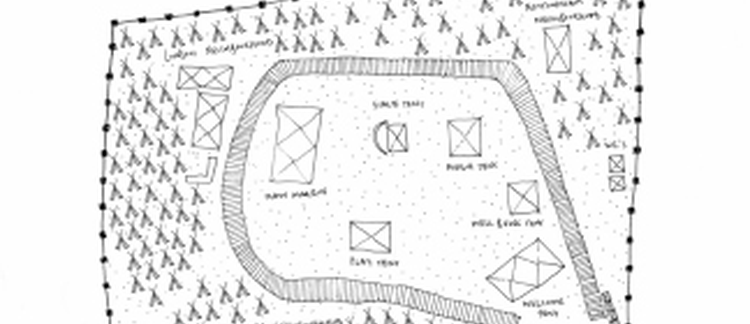Abstract
This artcle aims to question the educational possibilities in humanitarian architectural projects across the world. As a sub-set of financial aid given by the wealthier developed countries, generally those in the West, to less developed countries elsewhere, the issue of humanitarian architecture is by no means new. Responses to low-cost housing design and emergency relief structures following catastrophes have been pursued by a number of figures since the 1960s, including architect-theorists like Nabeel Hamdi, Shigeru Ban and Buckminster Fuller. An ideal advocated by Hamdi is to ‘start where you can’ and, at the same time, look for multipliers, because ‘small may be beautiful but big is necessary and inevitable’.1 However, the possibilities of such design and architectural initiatives as educational tools and settings for architecture students is much less explored, and this is an area that I have personally become involved in through my experiences as a project initiator and coordinator first for Architects 4 Aid and most recently attending a workshop with Architecture Sans Frontieres. In this artcle I would like to reflect on the pressures involved in humanitarian projects and ask if they might be more creatively integrated both into the educational system in Britain and as a means to reinvigorate the architectural profession, so often driven purely by financial profit. This paper will draw on my personal experience and important reports in the field of humanitarian shelter and the conditions of informal settlements, to reflect on and draw attention to, key questions for education and practice.
How to Cite:
Powell, A., (2009) “Educational Possibilities of Humanitarian Architecture”, field 3(1), 113–124.
Downloads:
Download PDF

